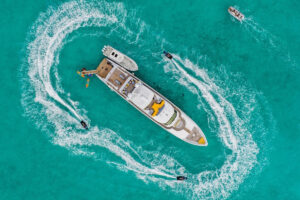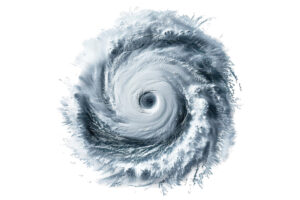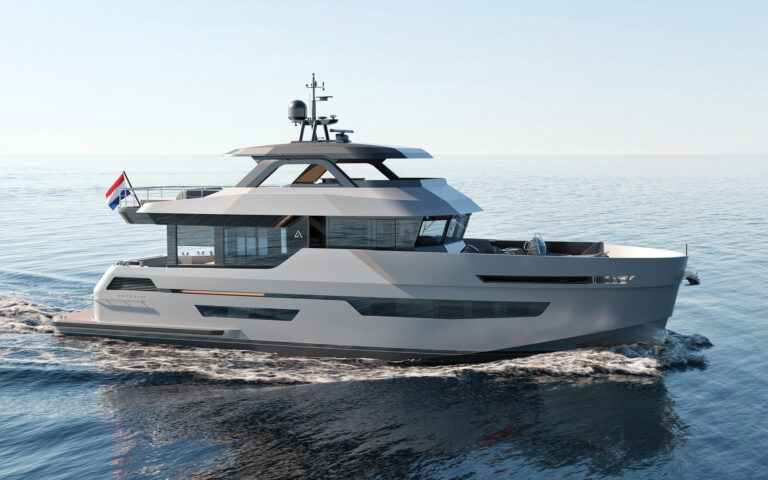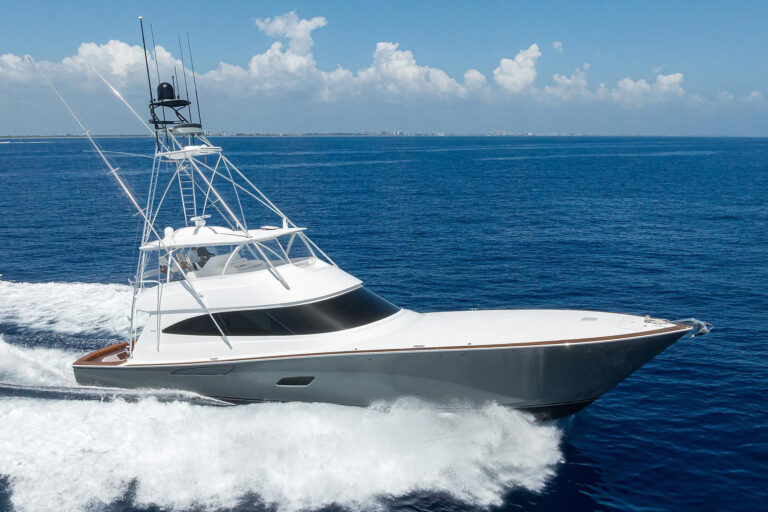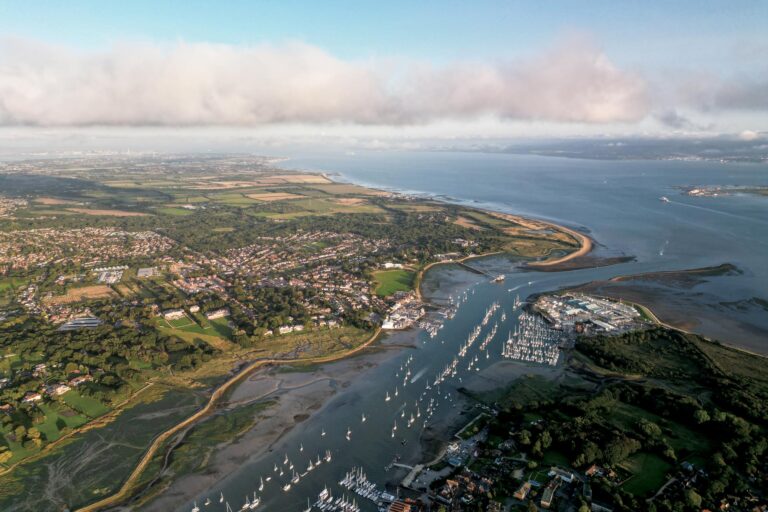I’m sitting in the pilothouse as I write this, on the 0100-1700 watch. I finally got a good nap, about 5 hours of solid sleep, and woke to the first flat seas we’ve had in days, as we near the coast of the Falkland Islands.
Pelagic Australis is a tough boat, and the seas we encountered on our more than 500-mile passage through the southern Atlantic were never terribly high, nor were the winds gale force. Nonetheless, most of the time, we had winds between 20 and 30 knots that combined with a sea state that left us feeling pretty knocked around. Life on an offshore passage becomes somewhat regimented: you rise for your watch—usually woken from a short sleep, you try to dress in the dark so your roommate can continue to slumber, while being hurled around a space the size of a large closet. Then up to the pilothouse in your minimum of three layers (long johns, fleece or sweat pants, offshore bib, thermal undershirt, longsleeve fleece, offshore jacket, sea boots, hat, and gloves. After a cup of coffee or tea and a bit of breakfast, you wedge yourself on to the pilothouse settee (the far end is known as “the ejector seat,” because there’s nothing to brace yourself against when the boat lurches violently) or strap on a lifejacket and sit in the cockpit, in a bit of a stupor while you await commands. You’re invariably tired and feel like the Michelin Man…in fact, all the gear made me feel like if I could wear one more item it would be a day-shape signaling “Restricted in my Ability to Maneuver.”
Most of the watch is quiet, but there are times when it seems like the sail plan changes every 20 minutes. Then it’s all hands on deck. The other night I was on the foredeck in 30 knots, adding a third reef to the mainsail, as every wave we crested sent a spray of cold saltwater over us. It sounds miserable, but it was actually kind of fun. Don’t ask me to explain.
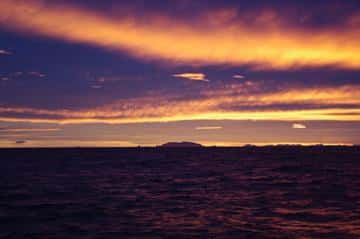
That said, when I woke after a solid five hours of sleep to calm waters this morning, I was happy. The watch this afternoon is more reminiscent of real life. We’re motoring, so it’s more about watching the radar and chartplotter, keeping our course updated on paper charts, checking the fuel daytank…There’s more chatting, more relaxed living, again. We are not bundled in offshore foulies, mere bodies, ready to take in or put on a new sail, add a reef, grind, ease, or roust the next watch.
Voyages like this one are good for discovering what it is you really love. And don’t love. We have a 1000-mile ocean passage ahead of us, going from the Falklands to Buenos Aires. It will probably take us between five and six days of continuous sailing, with rotating watches. I am so grateful to be having this amazing experience, but when this trip is over, I think I’d like to try some coastal sailing on a small, simple sloop, in warm waters.
For a gallery of images from Mary South’s trip around Cape Horn click here.

